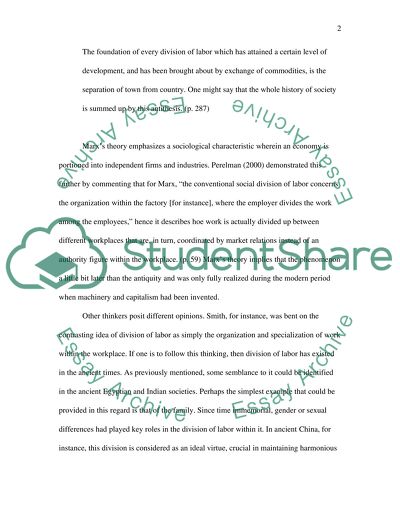Cite this document
(“Division of Labour - Now and then Essay Example | Topics and Well Written Essays - 2500 words”, n.d.)
Retrieved from https://studentshare.org/environmental-studies/1411231-division-of-labour-now-and-then
Retrieved from https://studentshare.org/environmental-studies/1411231-division-of-labour-now-and-then
(Division of Labour - Now and Then Essay Example | Topics and Well Written Essays - 2500 Words)
https://studentshare.org/environmental-studies/1411231-division-of-labour-now-and-then.
https://studentshare.org/environmental-studies/1411231-division-of-labour-now-and-then.
“Division of Labour - Now and Then Essay Example | Topics and Well Written Essays - 2500 Words”, n.d. https://studentshare.org/environmental-studies/1411231-division-of-labour-now-and-then.


